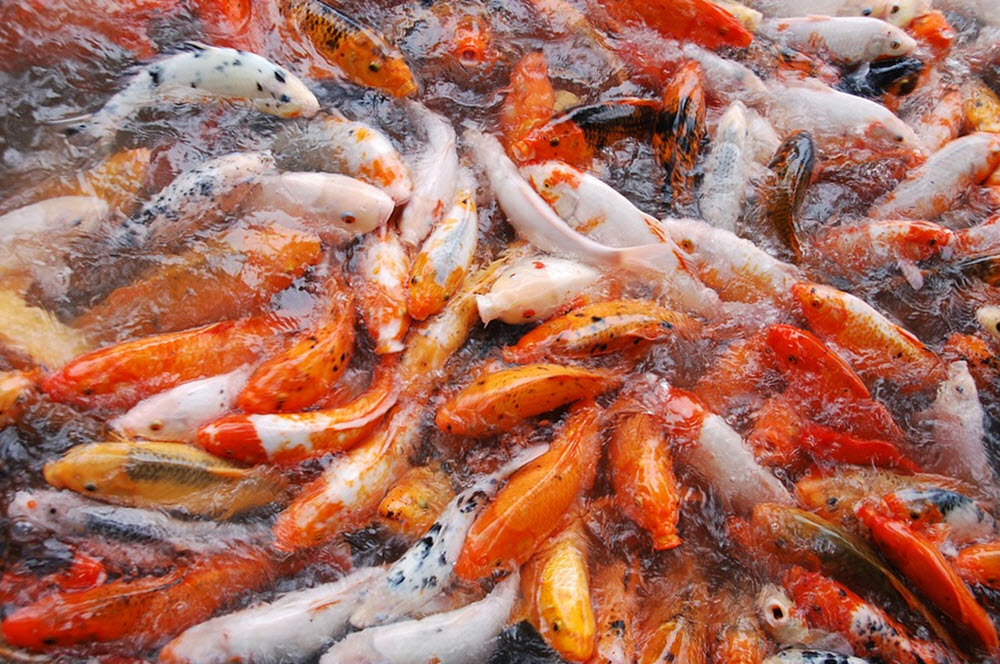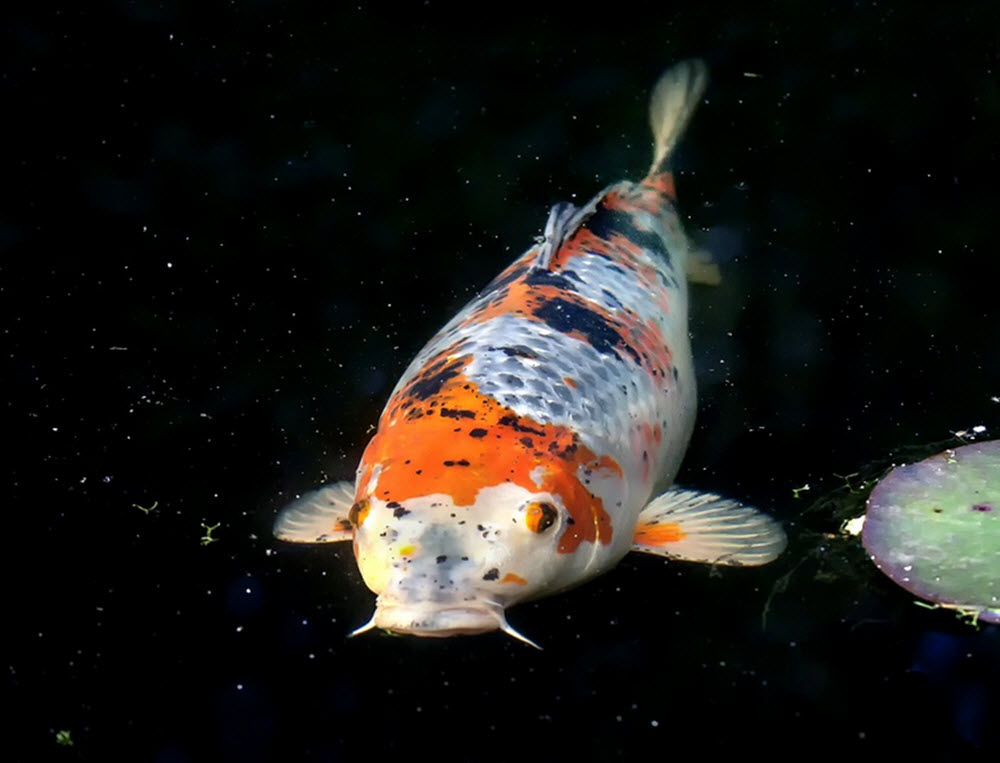Koi fish, renowned for their striking beauty and tranquil movements, have fascinated humans for centuries. These ornamental fish have not only become a symbol of peace and prosperity but are also finding their way into sustainable agriculture through hydroponics. This article delves into the history of Koi fish and sheds light on their integration into hydroponic systems.

The Origin and History of Koi Fish
Roots in China and Japan
Koi fish, a variety of the common carp (Cyprinus carpio), trace their roots back to Eastern Asia. It is believed that the Chinese first domesticated carp for food around 2000 years ago. The practice then spread to Japan, where the Japanese farmers began breeding carp, including Koi, in the rice paddies of Niigata.
Evolution into Ornamental Fish
Koi fish evolved from common carp, and their vibrant colors are a result of selective breeding. The Japanese farmers in Niigata discovered colorful mutations in their carp stock and began breeding them for their aesthetic appeal. By the early 20th century, various color patterns had been established, and Koi fish became sought-after ornamental creatures.
Worldwide Appeal
The allure of Koi fish transcended Japan, and they have become popular worldwide. They are now found in decorative ponds, water gardens, and even aquariums across the globe.
Characteristics of Koi Fish
Koi fish are known for their hardy nature and ability to adapt to different environments. They have an elongated body and come in various colors including white, black, red, yellow, blue, and cream. The distinct color patterns and scales contribute to their aesthetic appeal.
Koi fish are social creatures and can live for several decades, with proper care. They are omnivorous and consume a range of food from pellets to plant matter and small insects.
Koi Fish in Hydroponics: A Perfect Symbiosis
Hydroponics, the practice of growing plants without soil, has gained popularity as a sustainable agricultural practice. Integrating Koi fish into hydroponic systems, a practice known as aquaponics, creates a symbiotic environment where the fish and the plants benefit each other.

Nutrient Cycling
Koi fish excrete waste, which contains ammonia. In an aquaponics system, beneficial bacteria convert this ammonia into nitrates, which are essential nutrients for plant growth. In return, the plants absorb these nutrients, effectively filtering the water, which is then recirculated back to the fish tank.
Sustainable Agriculture
Aquaponics systems with Koi fish reduce the need for chemical fertilizers since the fish waste provides essential nutrients. This contributes to the production of organic and chemical-free crops. Furthermore, aquaponics uses significantly less water than traditional soil-based agriculture as the water is continuously recycled within the system.
Diverse Crop Production
With Koi fish providing a constant supply of nutrients, a wide variety of crops can be grown in hydroponic systems. This includes leafy greens, herbs, and even fruiting plants such as tomatoes and peppers.
Considerations for Koi Fish in Hydroponic Systems
- Water Quality: Maintaining good water quality is crucial for Koi fish’s health. Regular monitoring of pH levels, ammonia, and nitrates is necessary.
- Fish Stocking Density: Overstocking the fish tank can lead to water quality issues. It is essential to maintain an appropriate stocking density.
- Balancing Nutrients: A balance between the number of fish and the plants’ nutrient uptake should be maintained for the system to thrive.
Contents